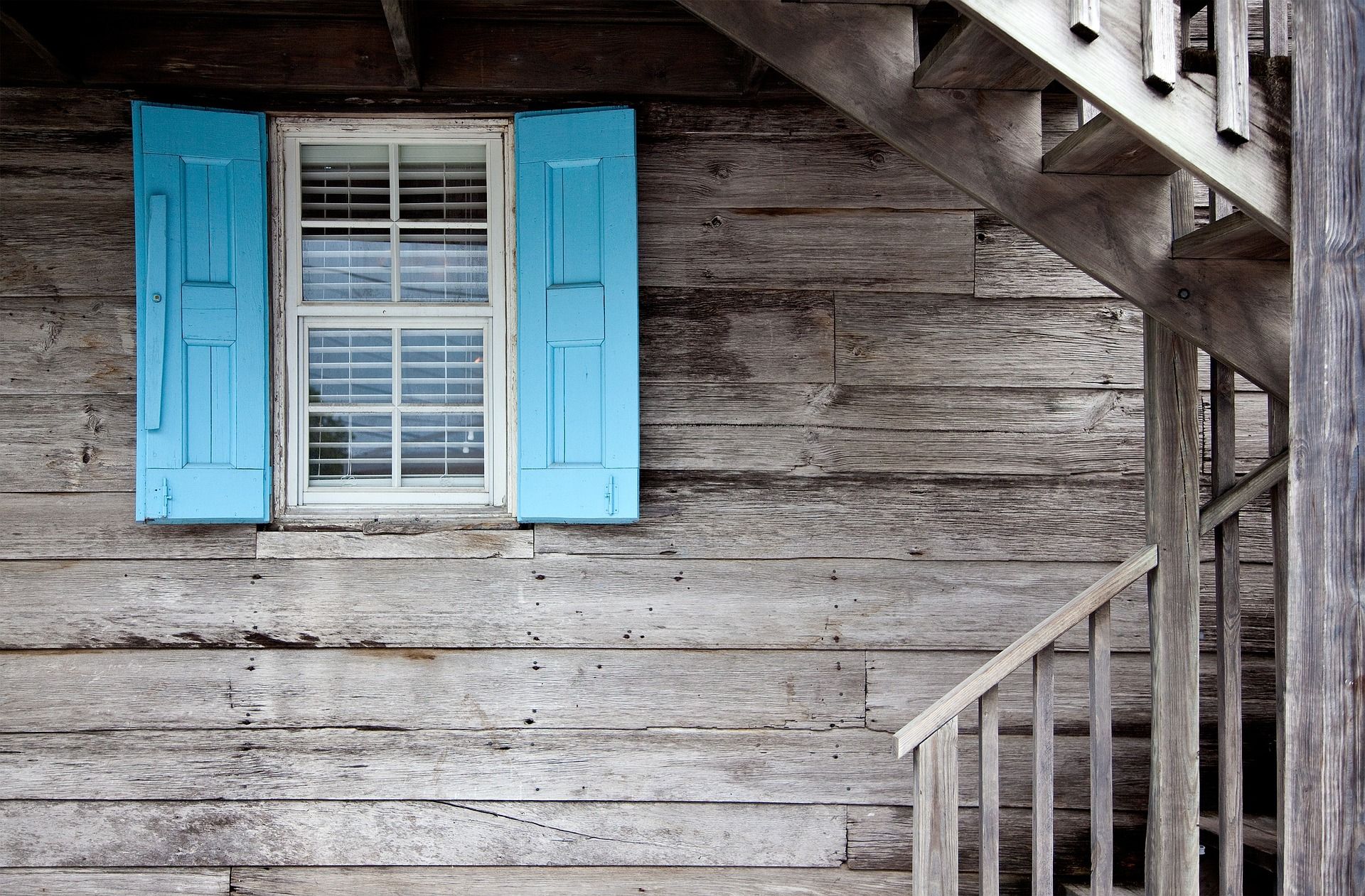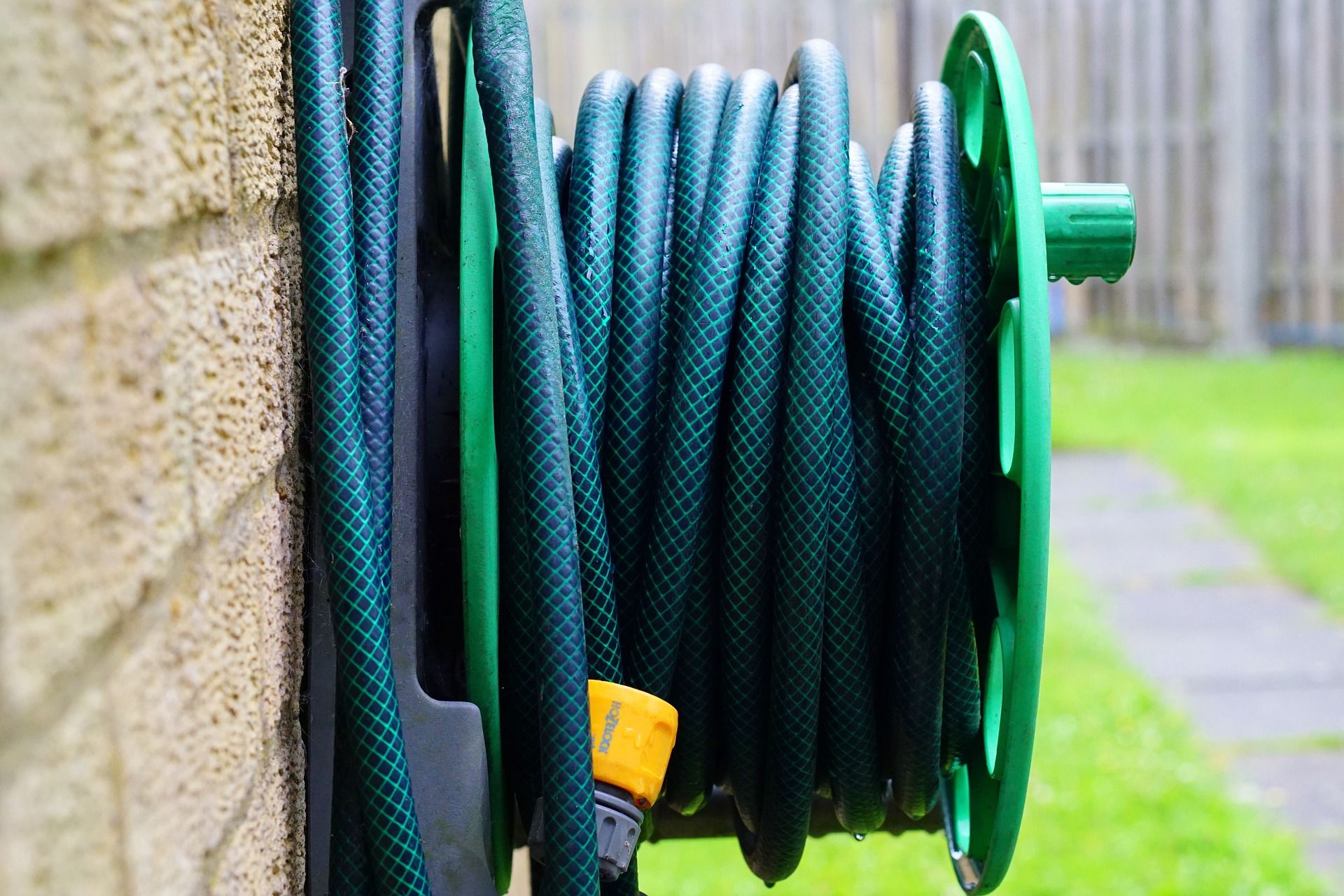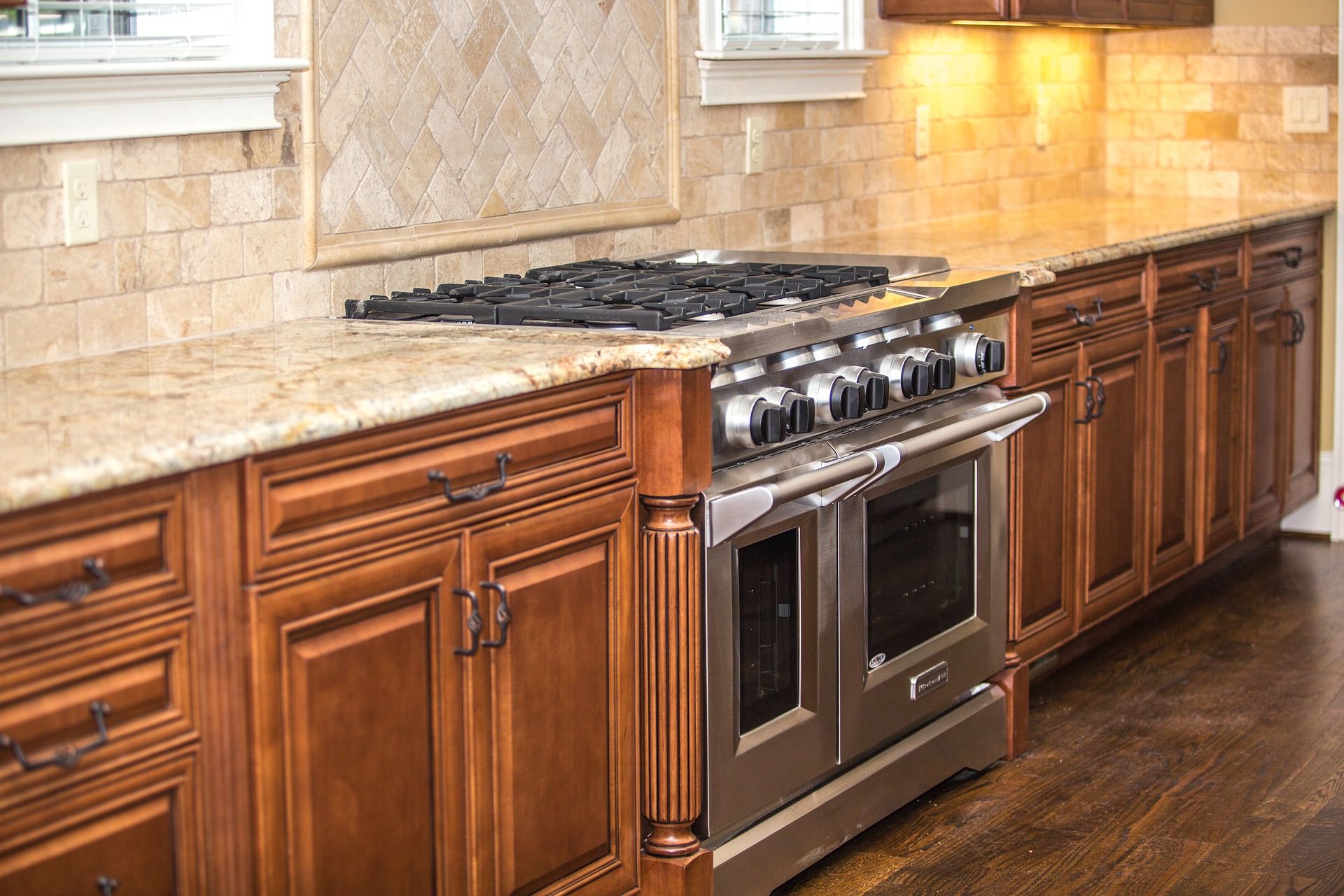The Home Inspection When Purchasing Your Home
So, you’ve found a fantastic home, you’ve submitted an offer to the sellers, and your real estate agent calls you to congratulate you - they accepted! It can be a whirlwind of emotions and stress, but the clock is ticking - and you’ll need to start the next steps right away.
The day after your offer is accepted, the ten-day home inspection period begins. During this time, you'll want to schedule a home inspection as soon as possible so you'll have plenty of time to bring in any additional experts, if necessary. This contingency, built into the standard offer form, leaves you free to walk away from the deal if the inspection leaves you with too many dealbreakers or major concerns. Based on the results of the inspection, your agent will negotiate on your behalf. You won’t sign the Purchase and Sales Agreement (P&S) until this inspection period is over and all negotiations are final.
Having Heather Numerosi as our buyer’s agent meant that as soon as the offer was accepted - on a weekend, no less - she got working on helping us find a home inspector. She guided us through the process by sharing past experiences, making us aware of the average price range (generally between $500-$800) and calling around to find the earliest availability for inspectors. Home inspectors must be licensed by the state. A home inspector's license can always be verified with the Board of Registration of Home Inspectors at its website or by calling the Board at (617) 727- 4459. We used Jim Tebo of Rockport for our inspection, which was scheduled in a tight time frame and gave us everything we needed to move ahead with the deal.
The inspection itself can take several hours, and it’s strongly suggested that the homeowners are present so they can take a look at any areas of concern, as well as how things work - circuit panels, water valve shut-offs, and heating and cooling systems. The inspector will take the time to explain most of the working parts of the home to you.
The home inspector will take photos of the exterior, interior, and systems in order to add them into the written report.
It’s important to note that the inspector is not responsible for the testing of appliances or verifying the presence of smoke and carbon monoxide detectors, and do not test for the presence of mold. They also don’t have access to every part of the house, and can’t possibly foresee every single issue that could arise. Every real estate purchase comes with inherent risks, and the home inspection can’t mitigate all of them. However, the inspector will do his best to point out all areas of concern. The written report will have disclaimers outlining what the inspector was unable to see and inspect due to the home’s construction or external factors such as snow or ice.
The inspection covers the following areas:
Roof - your inspector will climb up onto your roof, as long as it is safe to do so, to observe and report on the condition of the roof, flashing, chimney, skylights, and drainage and report any leakage issues that may be present.
Exterior and yard - This part of the inspection focuses on the home’s siding and exterior foundation, as well as doors, windows, walkways, decks, steps, porches, as well as other exterior issues such as drainage, vegetation, and retaining walls. It’s important to note that some structures such as sheds, swingsets, and pools are not included in the inspection and should be inspected separately.
Attic - your inspector will observe the insulation, as well as the ventilation, of the attic and the below rooms such as the kitchen and bathroom. In many cases, aging insulation can be replaced through programs like MassSave, the inspector may point out these money-saving opportunities to you during the course of the attic inspection. In some cases, the inspector may point out how to avoid ice dams, which can become a major issue during New England winters.
Interior - the general interior inspection focuses on walls, floors, ceilings, stairways, railings, as well as doors and windows. If there are any possible leakage issues, it will be pointed out during the inspection and written into the report as well. The inspector will observe and test electrical outlets and heating systems.
Bathrooms - the inspector will take a look at the plumbing, fixtures, drains, and water pressure - as well as the ventilation, which can be one of the biggest issues in the bathroom, as moisture and condensation can cause problems if it isn’t taken care of.
Kitchen - next, the kitchen inspection will focus on the appliances, as well as cabinetry, countertops, the lights and electrical outlets, and plumbing and other systems. While the inspector will check to make sure all included kitchen appliances turn on or function, a thorough inspection of their functionality is not included.
Basement and structure - in the basement, the inspector will take a look at the floors, walls, support columns, and foundations of the home. It’s important to note that not every inspection does includes an evaluation of wood-boring insects, be sure to ask when scheduling. If evidence of other vermin, such as mice or other insects are present, the inspector will recommend further evaluation by an expert in that field (i.e. exterminator). The inspector is also not a structural engineer, but they may recommend hiring one to evaluate some of your home’s structural components.
Plumbing - next, an examination of the home’s water supply and distribution systems, including all visible or accessible pipes and water heating systems, takes place. The inspector will note and leaks or water flow issues on the written report. During the inspection, you should also take note of where the water shutoffs entering the home and for individual rooms or areas are - such as the bathroom, kitchen, and outside hose - in case of an emergency.
Electrical - this part of the inspection involves a thorough look at the wiring, grounding equipment, service meter and circuit panels, and ground fault circuit interrupters found in bathrooms, kitchens, and outdoors. The inspector will verify if the electrical system is adequate for the home, and also if there are any areas of concern with older wiring. Since many house fires are caused by faulty or aging wiring, this is definitely an area you should pay serious attention to in the written report.
Heating and cooling - your inspector will look at the main heating system for the home, as well as the ductwork or pipes, and any fireplaces, chimneys, and radiators and registers, as well as any fuel storage. If there is an air conditioning system installed, that will also be looked at thoroughly and any areas of concern will be mentioned.
The thorough report you will get after the inspection summarizes what you’ve learned in the inspection, written in a way that you can understand, but technical enough to explain exactly what needs to be fixed.
The written report may or may not contain photos of your home’s interior and exterior, and any problem areas with an explanation of what's going on. In some cases, they'll include steps to take to fix it or bring it up to current standards. The report will also give the condition of everything mentioned above in the home inspection. There are several condition types outlined in your report. For instance, “functional” means the system or area fully works as intended with no breakdowns or repairs needed at the time of inspection. It’s important to note that a system can be fully functional but still at the end of its working lifespan and may need to be replaced in the near future. A similar condition is “functional with exception” which is pretty much exactly what it sounds like - it will need repair to be fully functional. “Not functional” means it’s not functioning, or not functioning safely. There are other conditions, such as not visible and not accessible, that may also come into play during your inspection. Lastly, the report will have a list of the types of experts you may need to consult, such as electricians, plumbers, and structural engineers.
While the written report can be intimidating to read, it’s important to keep in mind that no house is perfect, and everything can be repaired. The main purpose of the inspection is for you to learn about your future home’s general condition and provides you with a “to-do list” (or "honey-do list") for repairs once you occupy the property. Some repairs are immediate, some in the near future and some years from now. Most, unless they are very unsafe, won’t prevent you from being able to move into your new home.
Now that you’ve done the home inspection, you can breathe a little easier - and decide whether to move ahead with purchasing your dream home.
.png)
.png)
.png)
.png)





